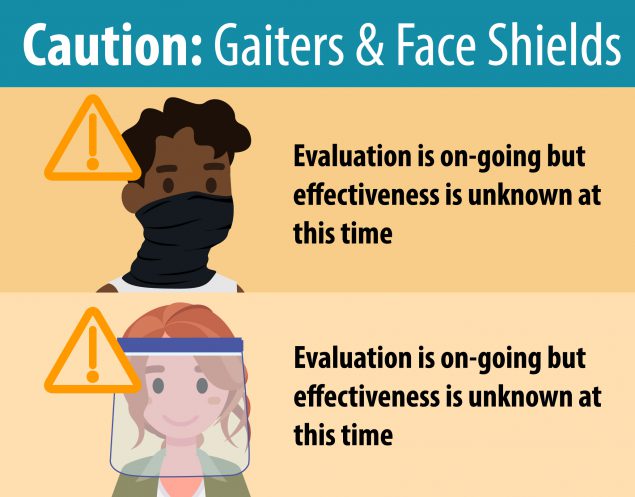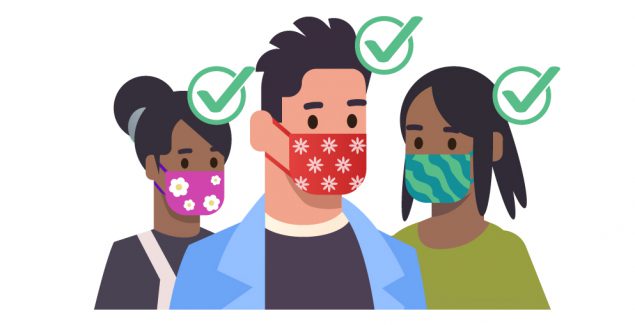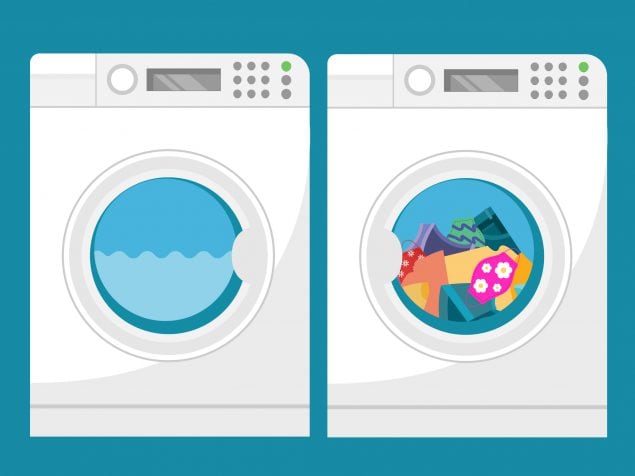
(BEDFORD) – According to local health officials everyone needs to take steps to protect themselves and others in the spread of COVID-19.
Bedford Mayor Sam Craig urges everyone to continue to take the recommendations of the CDC seriously.
“With the recent increase in cases locally – local hospitals, medical facilities and EMS services are seeing an increase in volume,” said Mayor Craig. “So that the system is not overwhelmed it important that everyone does their part.”
According to the Indiana State Health Department COVID-19 dashboard, within the last 24 hours Lawrence County had 49 new cases and two new deaths.
Lawrence County Health Nurse Mary Kinser says COVID-19 cases will climb if people do not practice the CDC guidelines and practice social distancing.
“First, I feel a lot of people just don’t want to wear their masks,” Kinser added. “And second, large and small groups are gathering and not wearing masks and practicing social distancing.”
Kinser said an area business had an employee test positive for the virus, but because everyone else at the business wore masks they did not catch the virus.
“We will continue to see numbers rise unless people follow the CDC guidelines and keep with their family group or what we call their bubble – those added into their small bubble,” she added.
The Indiana State Department of Health will be providing drive-thru COVID-19 testing at the Bedford First Assembly of God Church at 2601 27th Street. Testing will take place today through Saturday, October 24th from 9 a.m. until 6 p.m. No appointment is required and there is no fee for this testing.
How to Protect Yourself & Others – Know How it Spreads
- There is currently no vaccine to prevent coronavirus disease 2019 (COVID-19).
- The best way to prevent illness is to avoid being exposed to this virus.
- The virus is thought to spread mainly from person-to-person.
- Between people who are in close contact with one another (within about 6 feet).
- Through respiratory droplets produced when an infected person coughs, sneezes or talks.
- These droplets can land in the mouths or noses of people who are nearby or possibly be inhaled into the lungs.
- Some recent studies have suggested that COVID-19 may be spread by people who are not showing symptoms.
Everyone Should – Wash Your hands Often
- Wash your hands often with soap and water for at least 20 seconds especially after you have been in a public place, or after blowing your nose, coughing, or sneezing.
- It’s especially important to wash:
- Before eating or preparing food
- Before touching your face
- After using the restroom
- After leaving a public place
- After blowing your nose, coughing, or sneezing
- After handling your mask
- After changing a diaper
- After caring for someone sick
- After touching animals or pets
- If soap and water are not readily available, use a hand sanitizer that contains at least 60% alcohol. Cover all surfaces of your hands and rub them together until they feel dry.
- Avoid touching your eyes, nose, and mouth with unwashed hands.
Avoid Close Contact
- Inside your home: Avoid close contact with people who are sick.
- If possible, maintain 6 feet between the person who is sick and other household members.
- Outside your home: Put 6 feet of distance between yourself and people who don’t live in your household.
- Remember that some people without symptoms may be able to spread virus.
- Stay at least 6 feet (about 2 arms’ length) from other people.
- Keeping distance from others is especially important for people who are at higher risk of getting very sick.
Cover Your Mouth and Nose with a Mask When Around Others
- You could spread COVID-19 to others even if you do not feel sick.
- The mask is meant to protect other people in case you are infected.
- Everyone should wear a mask in public settings and when around people who don’t live in your household, especially when other social distancing measures are difficult to maintain.
- Masks should not be placed on young children under age 2, anyone who has trouble breathing, or is unconscious, incapacitated or otherwise unable to remove the mask without assistance.
- Do NOT use a mask meant for a healthcare worker. Currently, surgical masks and N95 respirators are critical supplies that should be reserved for healthcare workers and other first responders.
- Continue to keep about 6 feet between yourself and others. The mask is not a substitute for social distancing.
Cover Coughs and Sneezes
- Always cover your mouth and nose with a tissue when you cough or sneeze or use the inside of your elbow and do not spit.
- Throw used tissues in the trash.
- Immediately wash your hands with soap and water for at least 20 seconds. If soap and water are not readily available, clean your hands with a hand sanitizer that contains at least 60% alcohol.
Clean and Disinfect
- Clean AND disinfect frequently touched surfaces daily. This includes tables, doorknobs, light switches, countertops, handles, desks, phones, keyboards, toilets, faucets, and sinks.
- If surfaces are dirty, clean them. Use detergent or soap and water prior to disinfection.
- Then, use a household disinfectant. Most common EPA-registered household disinfectantsexternal icon will work.
Monitor Your Health Daily
- Be alert for symptoms. Watch for fever, cough, shortness of breath, or other symptoms of COVID-19.
- Especially important if you are running essential errands, going into the office or workplace, and in settings where it may be difficult to keep a physical distance of 6 feet.
- Take your temperature if symptoms develop.
- Don’t take your temperature within 30 minutes of exercising or after taking medications that could lower your temperature, like acetaminophen.
- Follow CDC guidance if symptoms develop.
Protect Your Health This Flu Season
It’s likely that flu viruses and the virus that causes COVID-19 will both spread this fall and winter. Healthcare systems could be overwhelmed treating both patients with flu and patients with COVID-19. This means getting a flu vaccine during 2020-2021 is more important than ever.While getting a flu vaccine will not protect against COVID-19 there are many important benefits, such as:
- Flu vaccines have been shown to reduce the risk of flu illness, hospitalization, and death.
- Getting a flu vaccine can also save healthcare resources for the care of patients with COVID-19.
How to Select, Wear, and Clean Your Mask
CDC recommends that people wear masks in public settings, like on public and mass transportation, at events and gatherings, and anywhere they will be around other people.Overview
- Wear masks with two or more layers to stop the spread of COVID-19
- Wear the mask over your nose and mouth and secure it under your chin
- Masks should be worn by people two years and older
- Masks should NOT be worn by children younger than two, people who have trouble breathing, or people who cannot remove the mask without assistance
- Do NOT wear masks intended for healthcare workers, for example, N95 respirators
- CDC does not recommend the use of gaiters or face shields. Evaluation of these face covers is on-going but effectiveness is unknown at this time.
How to Select a Mask
When selecting a mask, there are many choices. Here are some do’s and don’ts.





How to Wear a Mask
Wear a mask correctly and consistently for the best protection.
- Be sure to wash your hands before putting on a mask
- Do NOT touch the mask when wearing it

Do Wear a Mask that:
- Covers your nose and mouth and secure it under your chin
- Fits snugly against the sides of your face
For more information, visit our How to Wear Masks web page.
How NOT to Wear a Mask

How to Take Off a Mask


How to Clean Your Mask
Masks should be washed regularly. Always remove masks correctly and wash your hands after handling or touching a used mask.
- Include your mask with your regular laundry
- Use regular laundry detergent and the warmest appropriate water setting for the cloth used to make the mask
- Use the highest heat setting and leave in the dryer until completely dry
For more information, visit How to Wash Masks web page.
For more information, see the Masks web site. For information on the sources for mask guidance, see Recent Studies.



